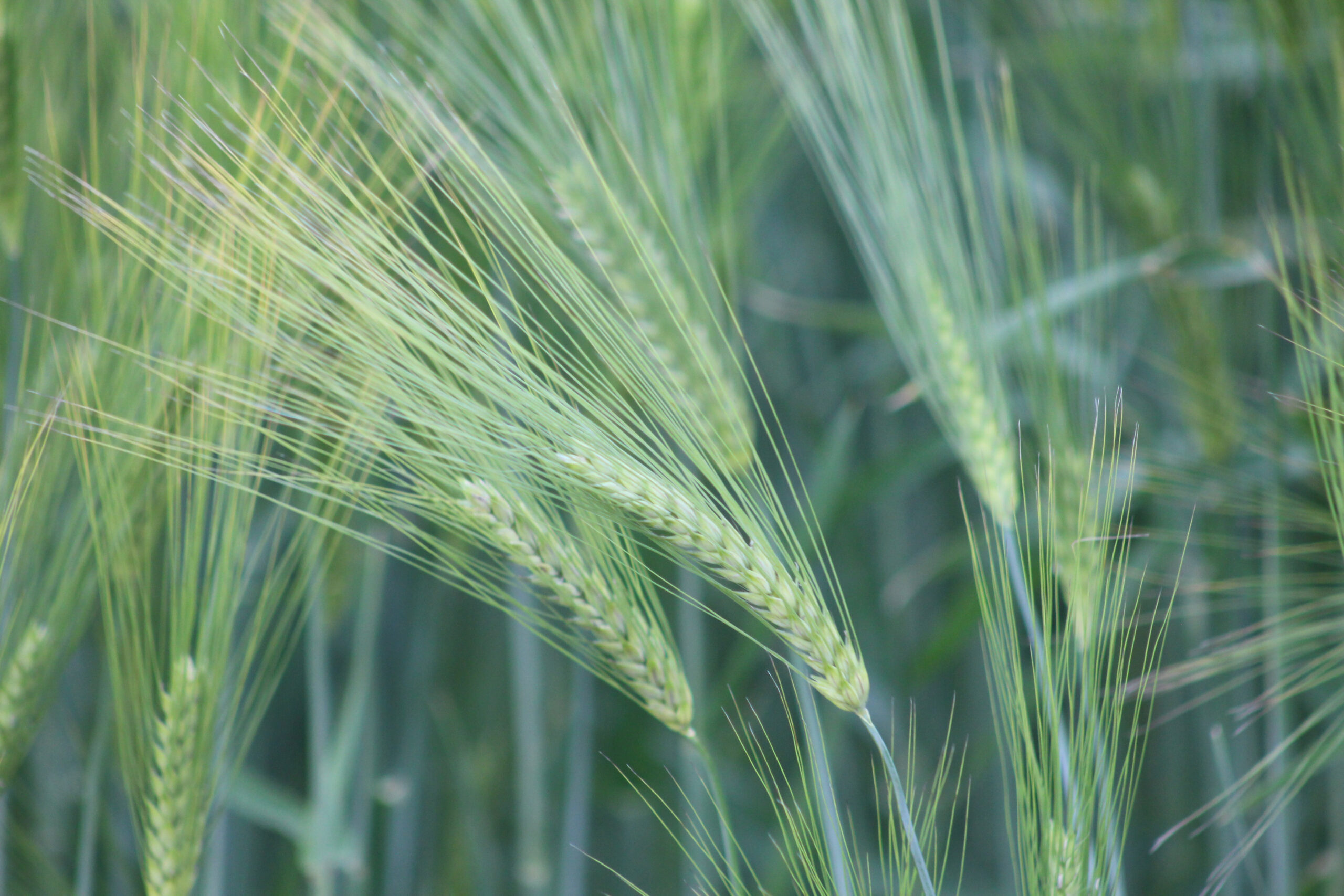United Kingdom
February 14, 2025
14 February 2025
A new study published in the prestigious journal Nature Genetics has again highlighted The James Hutton Institute as a global leader in crop plant genetics.
Hutton scientists at the International Barley Hub who have been leading a 48-strong international consortium have found that different strains have very different patterns of switching genes on and off (known as gene expression).
The findings will form a foundation for future scientific studies that depend upon knowing dynamic patterns of gene expression within and between strains.
Despite all modern barley strains containing approximately the same number of genes, only a few produce ‘premium’ grains. This is because most genes contain variations that either modify their function or affect where, when or at what level they are switched on or off. As each type of variation can modify a gene’s role in the plant, it is the unique combination of barley’s >30,000 genes, that are patched together by plant breeders, that define whether a strain is destined to become ‘premium’ or not.
This study identified where, when and at what level all the genes in a globally representative collection of barley strains are expressed.
The resulting data, which in the world of science is called a ‘Pan-Transcriptome’, showed that different strains may have very different patterns of expression, indicating that there are many ways to make a barley plant.
“This is the most in-depth study to date of how different strategies of switching genes on and off in different places and at different times are used to build a barley plant”
Prof. Robbie Waugh, The James Hutton Institute
 Barley plant
Barley plant
Prof. Robbie Waugh, director of the IBH, said, “This is the most in-depth study to date of how different strategies of switching genes on and off in different places and at different times are used to build a barley plant. Importantly, all our data is freely available as it represents an important resource for the global barley research community and barley breeders alike”.
The work underlines the IBH scientists’ position as world-leaders in crop plant research.
Barley is Scotland’s most important, and the UK’s second most important, crop. Around 30% of the grain is classified as ‘premium’ and it is this segment that underpins the global malting, beer and whisky industries. The rest is used as animal feed. Pubs, brewing, and whisky together contribute over £30Bn to the UK economy annually, with around half of that amount taken as tax revenue for the Exchequer.